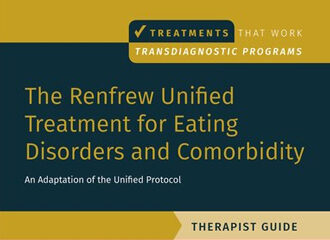Published by: Reasons to be Cheerful
Written By: MaryLou Costa

Aja Pryor’s struggle with an eating disorder began when he was 12, after being bullied for his weight. But it took until the age of 27, in 2019, for him to access the right treatment.
Being Black and plus-sized, New Jersey-based Pryor didn’t feel he could identify with people who would or should have an eating disorder — nor did his parents see it as something that warranted seeking help.
“I didn’t have a lot of education about eating disorders in middle school. ‘Anorexia is for skinny white girls’ is basically what the textbooks could have said. I didn’t fit the mold. So I never thought I needed to pursue anything,” says Pryor, now 31.
“I grew up Christian, and a lot of what I was taught was, ‘if you’re struggling with this, just pray about it, give it to God and you’ll be fine.’ And if you weren’t fine, it was because you didn’t pray hard enough. These beliefs conflict with getting help for the things that are going on with you.
There’s a lot working against [Black people] when it comes to getting treatment for anything, especially an eating disorder.”
Pryor found help thanks to an approach that’s becoming more common: More eating disorder recovery centers are recognizing the importance of offering tailored, culturally sensitive support for patients of color. The Renfrew Center and Within Health, for example, now offer dedicated BIPOC support groups led by staff from those communities. This approach involves working not just with individuals but with families to break down some of the stigma and barriers people of color experience, and educating the wider medical profession, from doctors to health insurance companies.
Pryor’s experience of being Black with an eating disorder reflects many of the barriers Black people and other people of color face in seeking and receiving treatment. Research has found, for example, that Black adolescents are 50 percent more likely than their white peers to exhibit bulimic behaviors such as binging and purging.
Yet while Black people and people of color are in general disproportionately affected by binge eating disorders, they’re less likely than white people to be questioned by a doctor about disordered eating. As a result, Black, Indigenous and other people of color (BIPOC) are half as likely to get a diagnosis or treatment for an eating disorder.
Eating disorder diagnoses in BIPOC communities are steadily increasing, confirms Paula Edwards-Gayfield. She worked at the Renfrew Center, which runs virtual, outpatient and residential treatment programs for people with eating disorders, for 16 years. She serves as co-chair for Renfrew’s Diversity and Inclusion Task Force and is a strong advocate for the awareness of eating disorders affecting people of color.



